
YDTech® manufacturer 10x10,10x11,11x11,11x15,12x12,12x14, hardened bearing rollers sizes(NRA,NRB) and needle rollers stocks! supplier 10x10,10x11,11x11,11x15,12x12,12x14, cylindrical rollers or needle rollers stocks(G2,G3) in china.
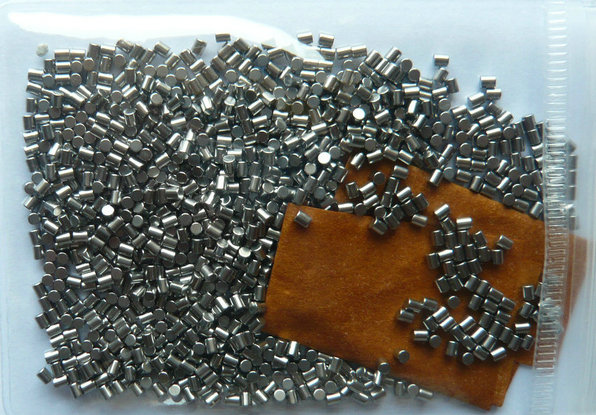
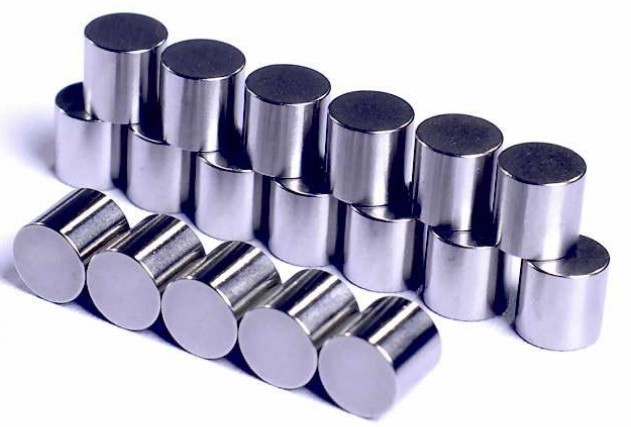
Cylindrical rollers can be used in cross guide rails to provide smooth and precise linear motion. Cross guide rails are typically used in precision machining applications, such as machine tools and semiconductor manufacturing equipment.10x10,10x11,11x11,11x15,12x12,12x14,
To use cylindrical rollers in a cross guide rail, the rollers are typically arranged in a linear array and placed between two guide rails. The guide rails are typically made of a high-precision material, such as hardened steel or ceramic, and are designed to maintain a straight and smooth linear path.
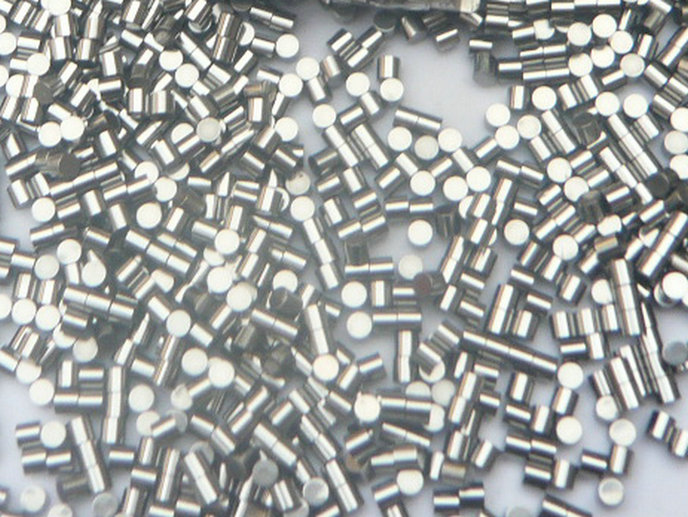
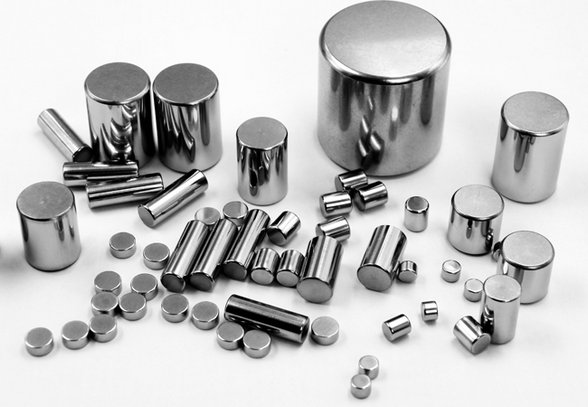
The cylindrical rollers are then inserted into the guide rail and arranged in a specific pattern, such as a V-shaped or U-shaped groove, to provide the desired linear motion. The rollers are usually preloaded to ensure consistent contact between the rollers and the guide rails, which helps to reduce friction and improve precision.
To ensure smooth and reliable linear motion, the cross guide rail and cylindrical rollers must be properly lubricated and maintained. The lubricant used should be selected based on the specific application requirements, such as temperature, speed, and load capacity. Regular cleaning and inspection of the cross guide rail and cylindrical rollers are also important to ensure optimal performance and long service life.
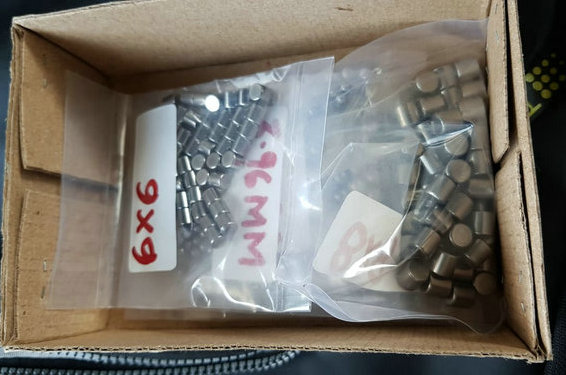
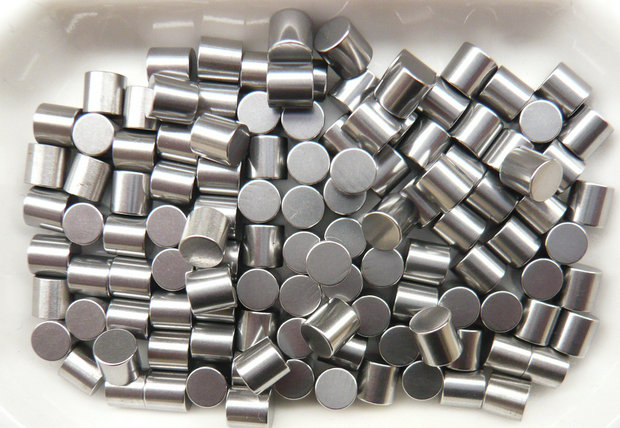
cylindrical rollers can be used for certain types of sensors. Cylindrical rollers are often used in precision measurement systems, such as linear displacement sensors and linear encoders, which rely on the precise movement of a movable object along a linear axis.
In these systems, cylindrical rollers can be used to support the movable object and guide its motion along the linear axis. The cylindrical rollers are typically placed in a linear arrangement and used in conjunction with a linear scale or a position sensor, which detects the position of the movable object.
Cylindrical rollers can also be used in other types of sensors, such as force sensors and torque sensors, which require precise and repeatable contact with a surface or object. In these sensors, the cylindrical rollers can be used to provide a stable and consistent contact force, which is necessary for accurate and reliable measurements.
Overall, the use of cylindrical rollers in sensors depends on the specific requirements of the sensor and the application. The selection of the appropriate cylindrical roller size, material, and accuracy depends on various factors, such as the load capacity, precision requirements, and environmental conditions of the application.
standard sizes of cylindrical rollers
| D*L | D*L | D*L | D*L | D*L | D*L | D*L | D*L | ||
|---|---|---|---|---|---|---|---|---|---|
| 1x1 | 1.2x1.2 | 1.5x1.5 | 2x2 | 2.2x2.2 | 2.5x2.5 | 3x1 | 3x1.5 | ||
| 3x2 | 3x2.2 | 3x2.5 | 3x2.7 | 3x3 | 3.5x5 | 4x6 | 4.5x4.5 | ||
| 5x5 | 5x10 | 5.5x8 | 6x8 | 6x12 | 6.5x9 | 7x10 | 7.5x7.5 | ||
| 7.5x11 | 8x10 | 9x9 | 9x14 | 10x11 | 11x11 | 11x15 | 12x14 | ||
| 13x13 | 14x14 | 15x15 | 15x22 | 16x17 | 17x17 | 18x18 | 18x26 | ||
| 19x20 | 20x20 | 21x21 | 22x22 | 22x34 | 24x24 | 24x36 | 25x36 | ||
| 26x28 | 28x28 | 30x30 | 32x32 | 34x34 | 36x36 | 38x38 | 40x40 | ||
| loose rolling elements, cylindrical rollers, precision rollers,bearings rollers only | |||||||||
- home
- products
- contact
- equipments
- needle rollers
- standard sizes needles stocks
- 1mm series
- 2mm series
- 3mm series
- 4mm series
- 5mm series
- 6mm series
- cylindrical rollers
- standard sizes rollers stocks
- 1mm series
- 2mm series
- 3mm series
- 4m~5mm series
- 6mm~7mm series
- 8mm~9mm series
- 10mm~12mm series
- 13mm~17mm seriess
- 18mm~22mm seriess
- 24mm~28mm series
- 30mm~40mm series